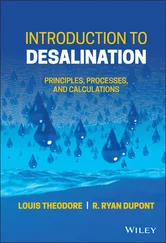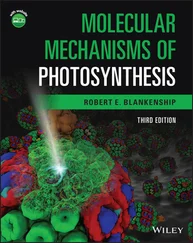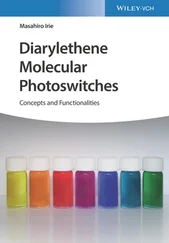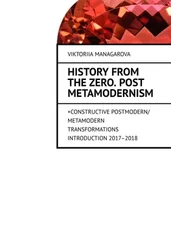Source: Courtesy of T. Elliot Weier.
(b) Schematic representation.
Source: Voet et al. (2016). Adapted with permission of John Wiley and Sons.

Figure 3.19 Essential steps in photosynthesis. (a) Overview of photosynthetic reactions in chloroplasts. (b) Electron transport between photosystem II and I across the thylakoid membrane, resulting in NADPH production. ATP synthase uses the proton gradient for the production of ATP. Q, plastoquinone; FD, ferredoxin; PS I, photosystem I.
Like mitochondria, chloroplasts contain their own ring‐shaped DNA(cpDNA) as well as independent replication, transcription, and protein biosynthesis. The chloroplast genome has a size of 120–200 kb ( Figure 3.20); it encodes 120 genes and is present at 20–300 copies in a single chloroplast. As a plant cell contains up to 40 chloroplasts, the total number of cpDNA copies is between 800 and 3200 per cell. The analysis of nucleotide sequences from chloroplast genes has become an important tool in systematics to establish phylogenies and to define species.
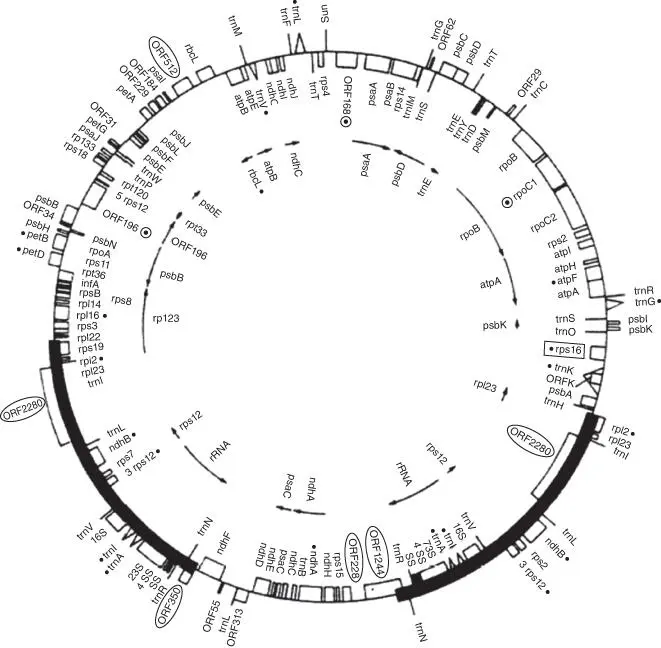
Figure 3.20 Overview of the arrangement of genes in chloroplast genomes.
For chloroplasts, too, it is assumed that there is an endosymbiotic origin(Table 3.6). The nucleotide sequences in chloroplast genes and the amino acid sequences of the corresponding proteins are more closely related to those of cyanobacteriathan to the respective genes in the plant cell nucleus. Figure 3.21gives a schematic overview of the presumptive origin of chloroplasts. Similar to the intake of mitochondria, an early eucyte seems to have taken up photosynthetic bacteria through phagocytosis and tamed them to develop an endosymbiosis. It is thought that the acquisition of chloroplasts happened several timesin the phylogeny of photosynthetically active algae and plants.
Table 3.6 Prokaryotic properties of plastids and mitochondria.
| Genome |
Mostly circular DNA adhesive to biomembrane without histones and nucleosomes, several copies concentrated in nucleoids; gene arrangement more or less prokaryotic (operon structure); repetitive sequences rare or nonexistent |
| Ribosomes |
70S‐type |
| Translation |
No Cap structure at the 5′ end of mRNAs; prokaryotic complement of initiation factors |
| Tubulin, actin |
Not found in organelles; FtsZ, a bacterial, tubulin‐homologous cell division protein is involved in the division of plastids |
| Plastid fatty acid synthesis |
As in bacteria, using acyl carrier proteins |
| Cardiolipin |
Membrane lipid found in many bacteria. Not present in eukaryotic membranes except the inner mitochondrial membrane |
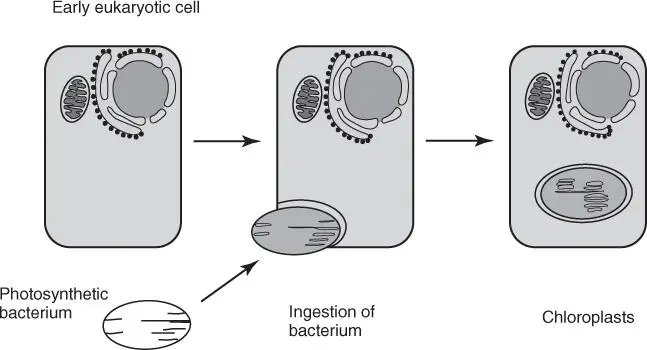
Figure 3.21 Development of chloroplasts through phagocytosis of cyanobacteria.
Mitochondriaand chloroplastsnever emerge de novo , but replicate through division. When the cell divides, mitochondria are distributed over the daughter cells. Mitochondria can also fuse with each other. Both mitochondria and mostly also chloroplasts are inherited maternally. Mitochondria in sperm cells are not incorporated into the fertilized egg. Although replication, transcription, and protein biosynthesis still happen in the same way in mitochondria and chloroplasts, they have become organelles and are no longer autonomous. They import most of their proteins from the cytoplasm. These proteins carry signaling sequencesthat bind to receptors on the organelles (see Chapter 5), and through complex transport mechanisms, they finally reach their working placeinside the mitochondria and chloroplasts. The corresponding genes used to be part of the endosymbionts but have increasingly been moved into the nucleus. Only a relatively small set of genes has remained in mitochondria and chloroplasts. While this applies mostly to protein‐coding genes, tRNA and rRNA genes have remained in the organelles.
The cytoplasmor cytosolof a eukaryotic cell is what is left when all membrane systems and organelles have been removed. In most cells, this is the largest compartment. In bacteria, it is the only existing compartment. It contains a multitude of low‐molecular‐weight compounds and proteins, including hundreds of regulatory proteinsthat are interlinked and communicate through complex interaction, such as phosphorylation and dephosphorylation of proteins, modulation by the binding of GTP or GDP, and conformational changes (cell biologists coined the term cross talkfor protein interaction). They can pick up signals and pass them on ( signal transduction), and it will require extensive research to understand these processes in detail.
At the level of the cellular metabolism, there is a fundamental distinction between catabolismand anabolism. Catabolism is the degradation of organic matter(mostly polysaccharides, protein, and lipids) in order to provide chemical bonding energy through oxidation, which can be transferred to ATP. Polysaccharides are degraded to simple sugars such as glucose. Anabolism is the biosynthesis of monomers (e.g. amino acids, organic acids, and fatty acids) required for macromolecules and of macromolecules and other cell building blocks. Many catabolic and anabolic pathways involve the cytosol, but other compartments may also be involved ( Figure 3.22).

Figure 3.22 Synopsis of the breakdown pathways and energy‐producing pathways in heterotrophic organisms (e.g. in humans).
The degradation of glucose to pyruvateis an important energy‐producing process. On balance, glycolysis produces 8 mol ATP per 1 mol glucose (2 mol NADH and 2 mol ATP). Pyruvate is transported into the mitochondria where it is transformed into acetyl CoA while producing NADH. In the mitochondria, acetyl CoA is further processed in the citric acid cycle, using up O 2and releasing CO 2and H 2O ( Figure 3.15). What matters for the energy balance is the provision of 4 mol NADH, 1 mol FADH 2, and 1 mol GTP from 1 mol pyruvate. In the respiratory chain, they produce 12 mol ATP per mol acetyl CoA and 15 mol per 1 mol pyruvate. One mole of glucose, when completely oxidized, produces 38 mol ATP.
Lipidsare hydrolyzed into fatty acids by lipases. Fatty acids are particularly rich in energy. During β‐oxidation, they are broken down into acetyl CoA in the mitochondria to provide NADH and FADH 2. One mole of stearic acid yields 9 mol NADH, FADH 2, and acetyl CoA, which is then further oxidized in the citric acid cycle. The total balance amounts to 9 × 5 + 9 × 12 = 153 mol ATP.
Proteinsare broken down by proteases (pepsin, trypsin, and chymotrypsin) into amino acids. These can be entered into the degradation pathways at various stages, thus also producing ATP.
Читать дальше





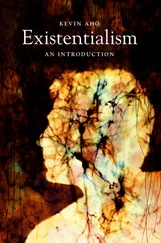

![Andrew Radford - Linguistics An Introduction [Second Edition]](/books/397851/andrew-radford-linguistics-an-introduction-second-thumb.webp)

